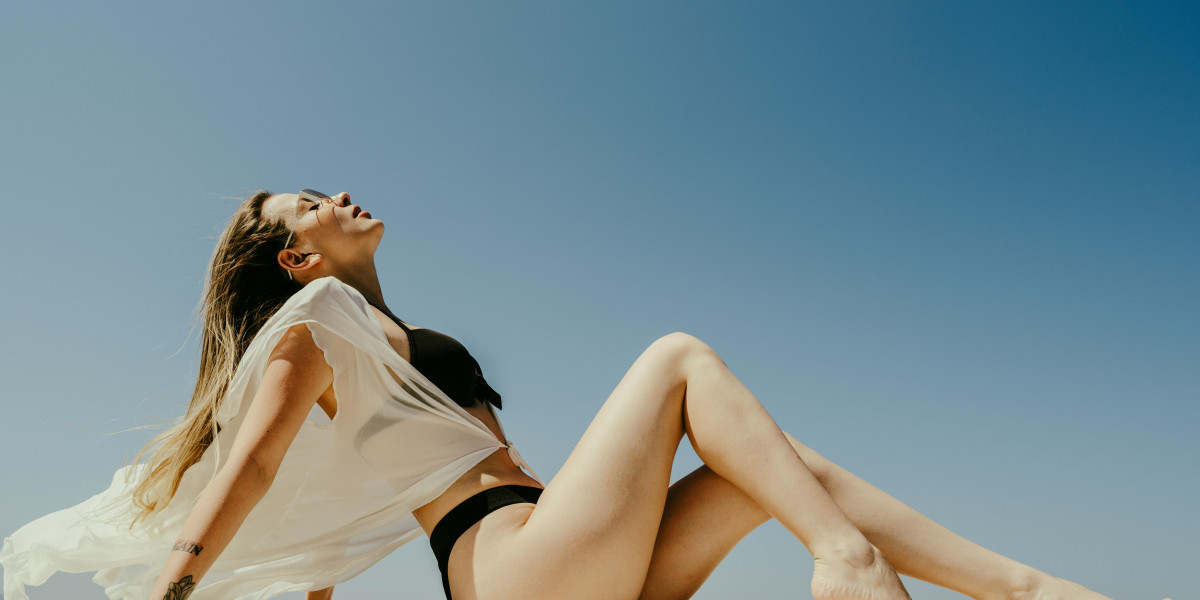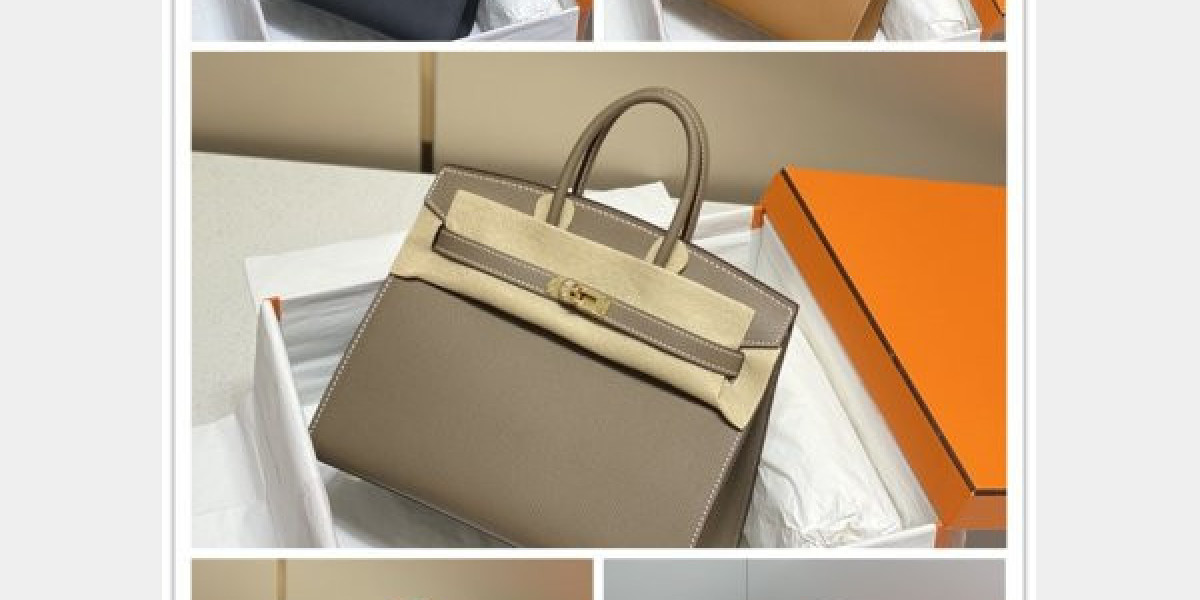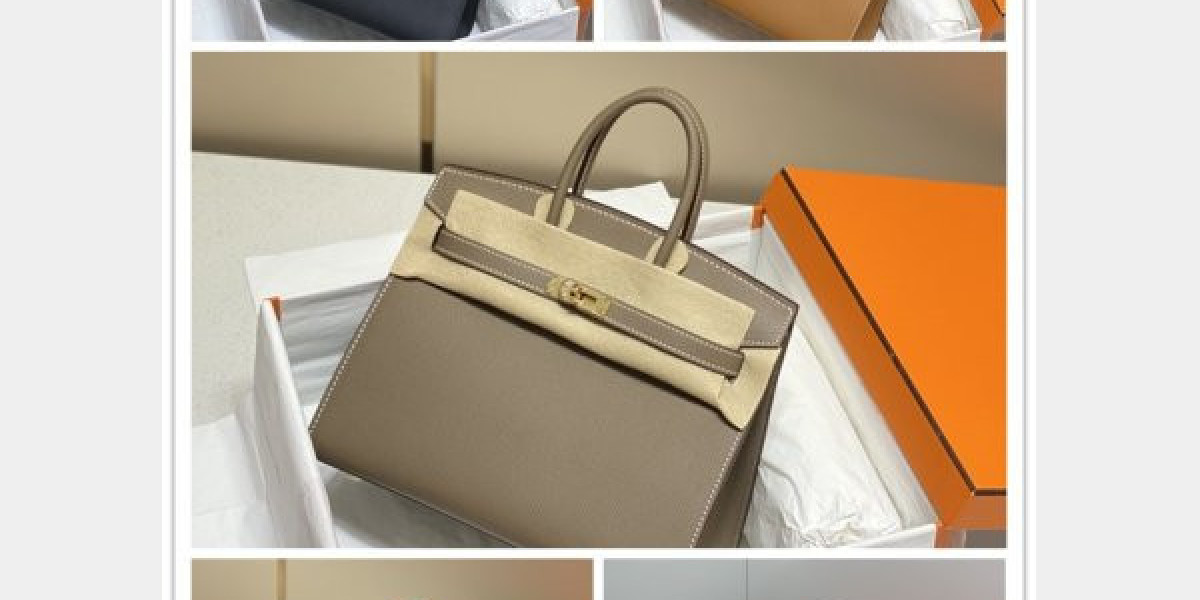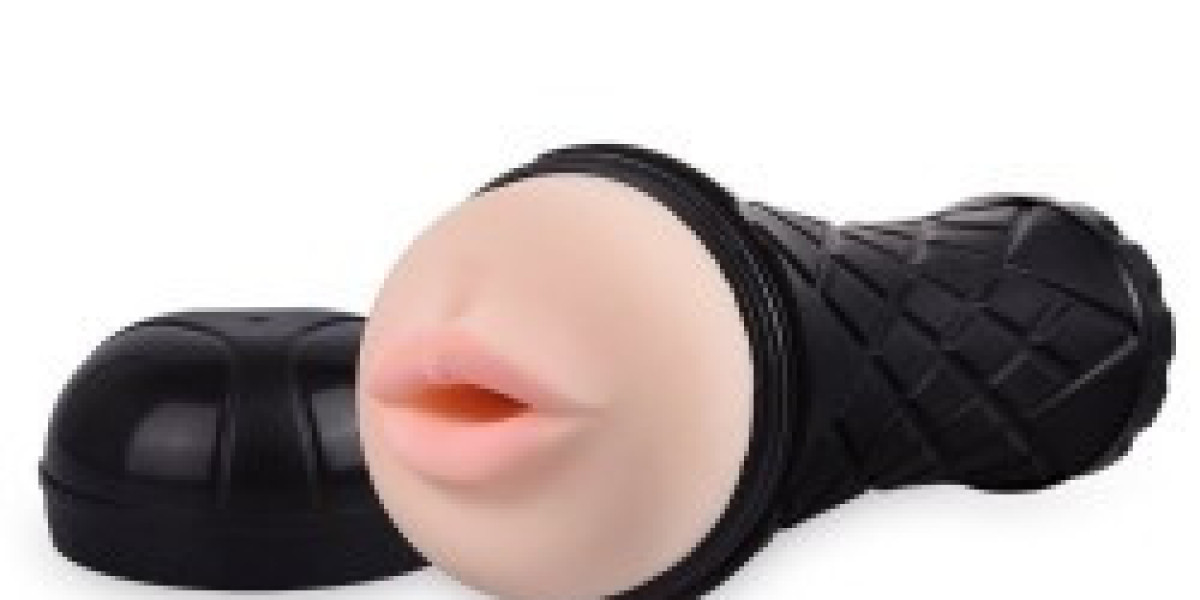As a swimwear manufacturer with decades of experience stitching everything from classic cuts to innovative designs, we often get asked about the nuances behind our creations. While bikinis and tankinis might seem like simple variations to the beachgoer, their production journeys are distinctly different paths in our factory. Understanding these differences isn't just academic; it impacts everything from material costs and labor time to durability and design flexibility.
1. Material Matters: Coverage and Stretch Requirements
The most fundamental difference lies in fabric usage and selection. A traditional bikini is typically a two-piece set consisting of a top (triangle, bandeau, halter, etc.) and a bottom (brief, hipster, Brazilian). Production focuses on efficient use of smaller fabric pieces. We prioritize fabrics with excellent four-way stretch and recovery (like high-quality Lycra blends) for both pieces, as minimal coverage demands maximum freedom of movement and shape retention. The bikini bottom, in particular, requires robust linings and precise cutting to ensure opacity and fit without excessive bulk.
Tankinis, however, introduce a different material equation. The defining feature is the tank-style top, offering more coverage than a bikini top. This immediately increases fabric consumption per top. While stretch remains crucial, the larger surface area of the tankini top often necessitates slightly heavier or more structured fabrics compared to bikini tops. We might use fabrics with a higher gram weight or incorporate power mesh lining strategically within the torso for added support and smoothing, especially for styles designed to flatter diverse body types. The bottom production remains similar to a bikini bottom, but the overall material cost per tankini set is generally higher due to the top's size.
2. Pattern Complexity & Cutting Precision
Pattern making reveals another layer of distinction. Bikini patterns, while requiring precision for small, curved areas (like cups and leg openings), are often relatively simple in their overall geometry. Cutting involves nesting numerous small pieces efficiently on large fabric spreads to minimize waste. Speed and accuracy in cutting these intricate shapes are paramount.
Tankini patterns present a different challenge. The tank top pattern is significantly larger and more complex, incorporating elements like side seams, armholes, a neckline, and potentially built-in shelf bras or tummy control panels. This complexity translates to more pattern pieces and longer cutting times per top. Achieving a perfect fit over the torso requires meticulous grading (sizing) across multiple measurements (bust, waist, length). While the bottom cutting is straightforward, the increased complexity of the top pattern and cutting process adds time and requires greater skill from our pattern makers and cutters.
3. Construction & Assembly: Stitch by Stitch
The assembly line highlights the most significant production divergence. A bikini top is relatively quick to assemble: attaching straps, joining cups (if applicable), adding lining, and finishing edges. The bikini bottom involves similar steps: joining front and back panels, adding lining, attaching leg elastic, and finishing the waistband. The process is streamlined, with minimal seams and faster turnover per piece.
Tankini assembly is inherently more labor-intensive. Constructing the tank top involves multiple stages: joining front and back panels at the shoulders and sides, setting in armholes (which can be tricky with stretch fabrics), attaching the neckline binding, inserting a shelf bra or support structure (if included), and finally adding the bottom band or hem. Each step requires careful handling to maintain stretch integrity and ensure the seams lie flat and comfortably against the body. The increased number of seams and construction steps significantly extends the production time per tankini top compared to a bikini top. Attaching the tankini top to the bikini bottom (if it's a one-piece tankini set) adds another layer of complexity versus producing two separate bikini pieces.
4. Design Challenges & Quality Control
Designing bikinis offers immense freedom with prints, embellishments, and strap styles, but the challenge lies in engineering minimal coverage for maximum support and security. Quality control focuses intensely on the strength of strap attachments, the integrity of cup construction, and the elasticity of leg openings to prevent sagging or digging.
Tankinis face different design hurdles. Balancing coverage with a flattering, non-bulky silhouette is key. Incorporating support features (like underwire or molded cups) into a tank top without creating visible lines or restricting movement requires advanced pattern engineering. Quality control for tankinis places greater emphasis on the durability of side seams and armholes (high-stress points), the evenness of hemlines or bindings, and the functionality of any integrated support elements. Ensuring the top doesn't ride up or twist during wear is a critical QC checkpoint.
For us as manufacturers, producing tankinis generally involves higher material costs, more complex patterns, longer cutting times, and significantly more labor-intensive assembly compared to bikinis. This translates to a higher production cost per unit. For consumers, this often means tankinis command a slightly higher price point, reflecting the additional coverage, support features, and construction complexity. Understanding these production differences helps appreciate the engineering behind each style.







